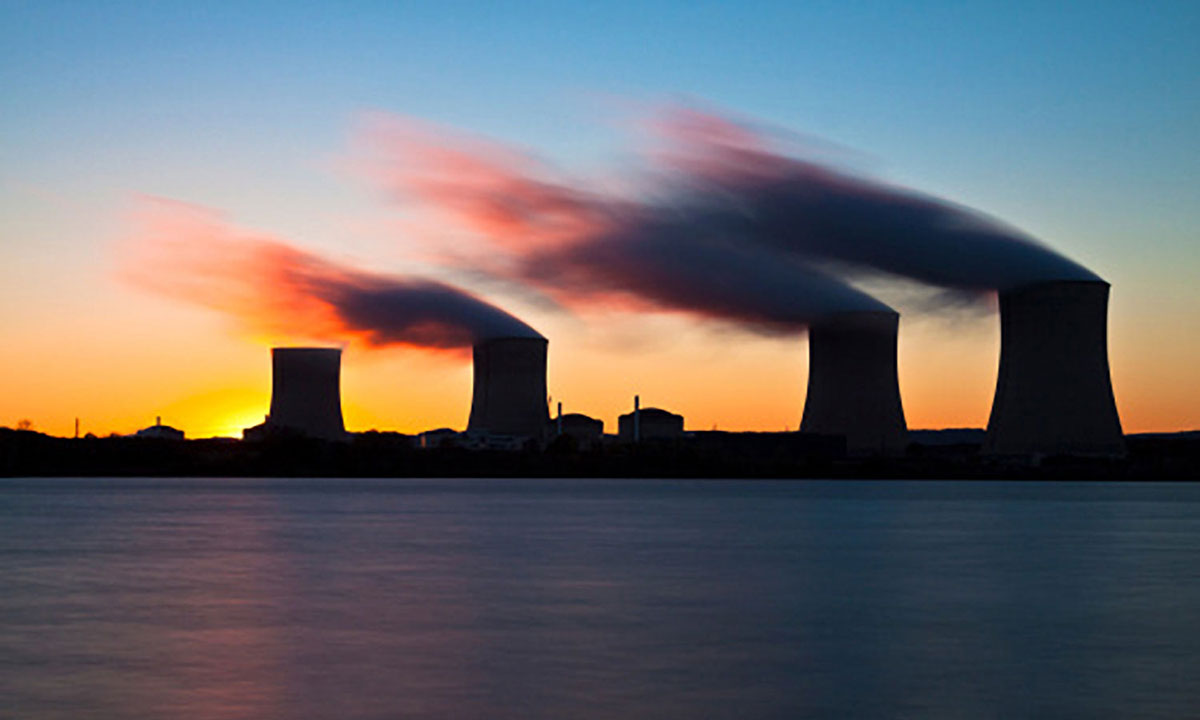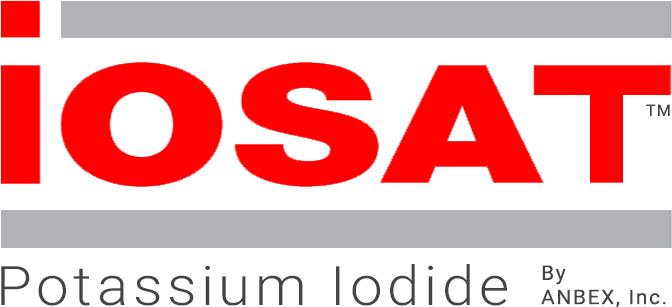Do you qualify?
In accordance with the 2002 Bio-Terrorism Act, the U.S. Nuclear Regulatory Commission distributes free IOSAT to individuals who live or work within ten miles of any US nuclear facility. These distributions are conducted with individual state radiation control programs. These programs are designed to protect those who live or work near nuclear reactors. Anbex plays no role in these distribution, other than to provide the tablets. But NRC research (and the Chernobyl experience) indicates that almost all of the cancers would occur well beyond 10 miles. The NRC explains that they limit distribution because “Life-threatening radiation doses would generally not occur [beyond 10 miles].”18 But this ten-mile limitation is meaningless.
The Ten-Mile Limitation
The NRC’s “ten-mile” assurance makes little sense because cancer is not caused by “life-threatening” radiation doses [measured in thousands of REM]. Instead, thyroid cancer is caused by doses as low as 5 REM19, and these release levels (according to NRC published research) could be seen for at least 50 miles (and possibly much further). This occurred at both Chernobyl and Fukushima.
The Milk Pathway
In recognition of the long-range danger, the NRC’s emergency response plans call for the destruction of milk and food from farms that are within 50 miles of a significant release. This is to prevent highly radioactive milk and food from reaching the public where it would be eaten and cause thyroid cancer among children.
But if farms will be contaminated at 50 miles, so will the farmers—and everyone else at this distance. Only the prompt administration of KI can effectively protect the millions of people at risk.
Evacuation
The NRC notes that evacuation is the most effective way to protect the public. But the ability to quickly move millions of people away from the danger would create enormous logistical problems—and in many areas may not even be realistically possible. Further, it would clog roads and make it difficult to move emergency response assets into an area.
Worse, where evacuation is not feasible, the NRC recommends “sheltering-in-place.” In other words, staying indoors until the danger has passed; or an evacuation can be made. But asking millions of people to remain unprotected in contaminated areas, breathing radioactive air and drinking radioactive water (from irradiated reservoirs), would be a disaster in its own right. Surely these people would be much safer if they also had KI.

